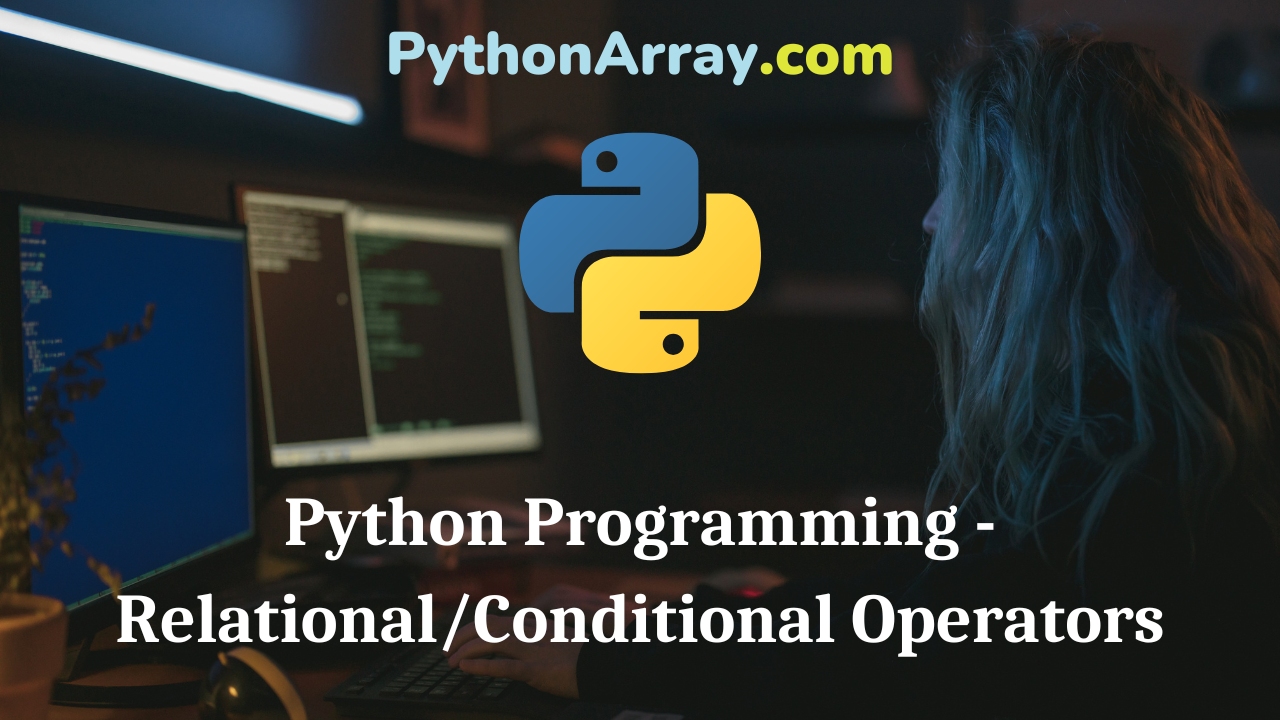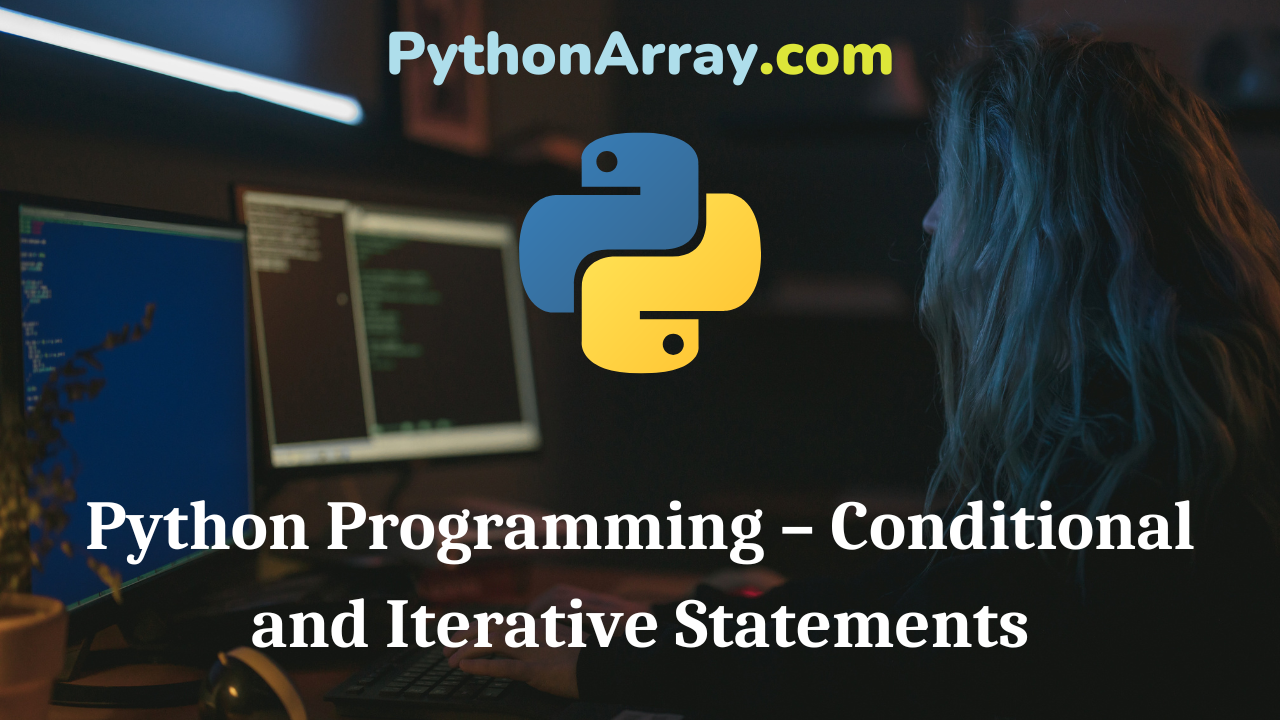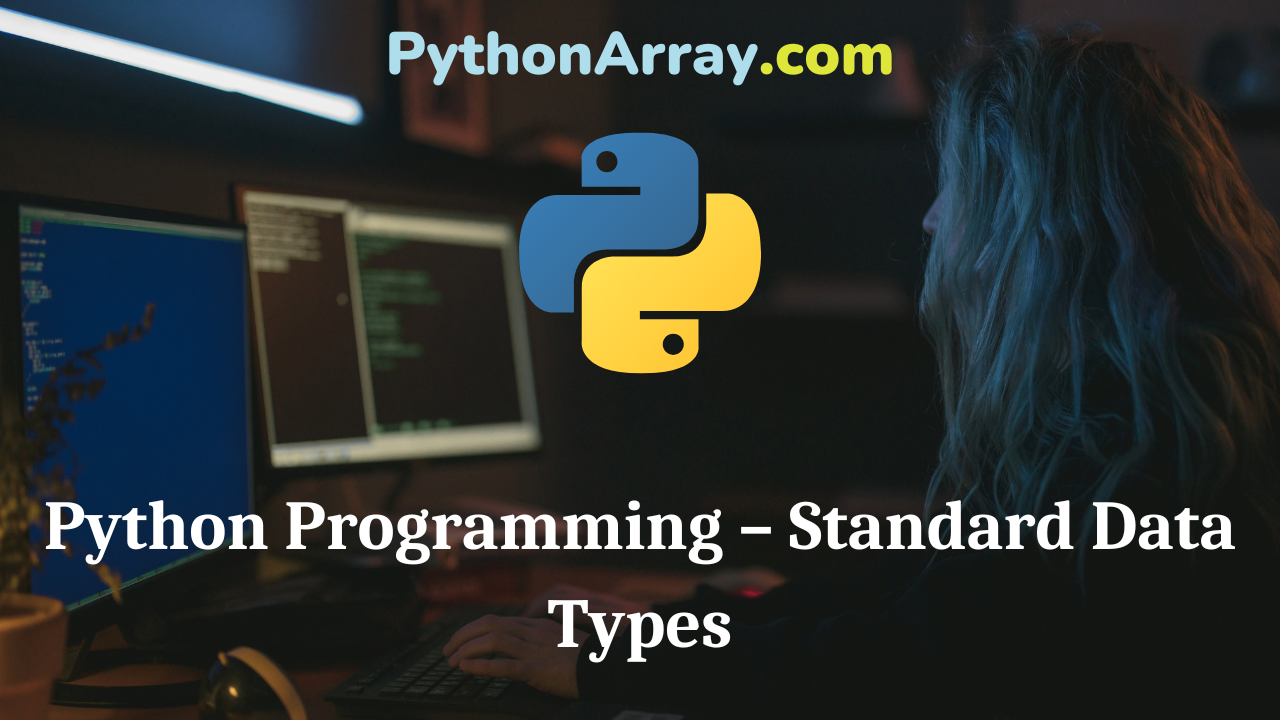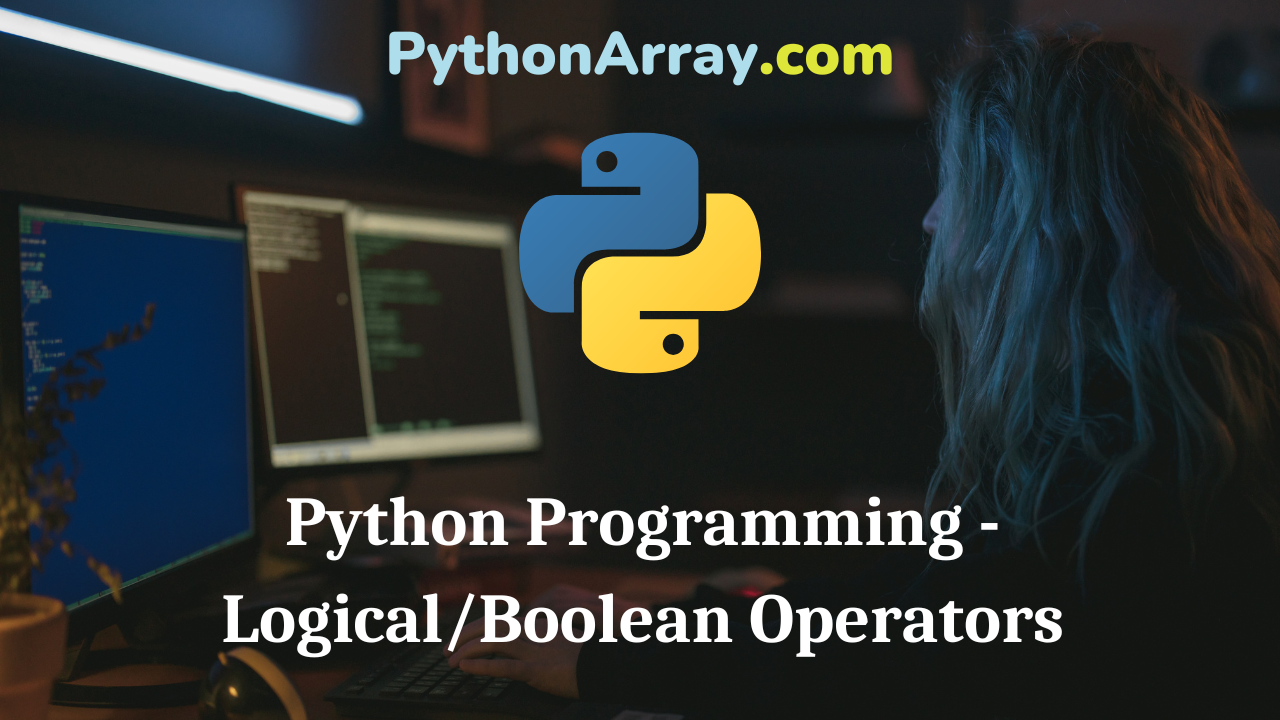You can learn about Operators in Python Programs with Outputs helped you to understand the language better. Python Programming – Logical/Boolean Operators Logical operators are also called Boolean operators. It combines the results of one or more expressions, and these are called logical expressions. After test¬ing the conditions, they return logical status True or False. Python tests an expression with and or operators from left to right and returns, the last value tested. There are three logical operators: and, or, and not. and The and-operator evaluates to True if both the expressions are true; False if either or both operands evaluate to False. For example, x > 0 and x < 10 is true only if x is greater than 0 and less than 10. or The or operator evaluates to True if either of operands evaluates to true; False if both operands evaluate to False. For example, n%2 == 0 or n%3 == 0 is true if either of the expression is true, that is, if the number is divisible by 2 or 3. Python Programming – Arithmetic Operators Python Programming – Expressions Python Programming – Operators not The not operator is used to reverse the logical state of its expression.…

Python Programming – Relational/Conditional Operators
You can learn about Operators in Python Programs with Outputs helped you to understand the language better. Python Programming – Relational/Conditional Operators Relational Operators are used to comparing values. They are used to test the relation between two val¬ues and then return a boolean value either True or False. All Python relational operators are binary operators and hence, require two operands. A rela¬tional expression is made up of two arithmetic expressions connected by a relational operator. Comparison operators produce a Boolean result (type bool, either True or False). When a Boolean expression is evaluated, it produces a value of either true (the condition holds) or false (it does not hold). Conditions may compare either numbers or strings. If you compare strings, you get results based on alphabetical order. Python Programming – Operators Python Programming – Expressions Quick Tip: Using Python’s Comparison Operators | Chaining Comparison Operators in Python Operator Symbol Form Result greater than > a > b True if a is greater than b; else False less than < a < b True if a is less than b; else False greater than or equal to >= a >=b True if a is greater than or equal to b; else False…

Python Programming – Conditional and Iterative Statements
You can learn about Control Statements in Python Programs with Outputs helped you to understand the language better. Python Programming – Conditional and Iterative Statements Control statements define the direction of flow according to which execution of a program should take place. Statements that are executed one after the other or the statements that are executed sequentially are the normal flow-of-control statements in a program. Normally, the Python program begins with the first statement and is executed till the end (Sequence construct). [See Figure 5.1.] Control statements also implement decisions and repetitions in programs. Python Programming – Conditional Statements Python Programming – Flowcharts for Sequential, Decision-Based and Iterative Processing Introduction to Python Programming – Interpreter Construct Control statements are of the following two types: Conditional branching or statement Looping or iteration In Conditional branching, a program decides whether or not to execute the next statement(s), based on the resultant value of the current expression. For example, go to IInd year if you pass Ist year exams, else repeat Ist year (See Figure 5.2). In Looping, a program executes a set of instructions repeatedly till the given condition is true. Looping, for example, adds 1 to the number x till the current…

Python Programming – Standard Data Types
You can learn about Introduction to Python Programming Programs with Outputs helped you to understand the language better. Python Programming – Standard Data Types The data stored in memory can be of many types. For example, a person’s age is stored as a numeric value, and his or her address is stored as alphanu¬meric characters. Python is known as a dynamically typed language, which means that you do not have to explicitly identify the data type when you ini¬tialize a variable. Python knows, based on the value it has been given, that it should allocate memory for a string, integer, or float. It has various standard types that are used to define the operations possible on them and the storage method for each of them. It has different data types such as Number, String, List, Tuple, and Dictionary. Note that everything is an object in Python programming; data types are actually classes and variables are instances (objects) of these classes like most other languages. Python Programming – Variable Python Programming – Technical Strength Of Python Python Programming – Literals Number Number data types store numeric values. They are immutable (value of its object cannot be changed) data types, which means that changing…
